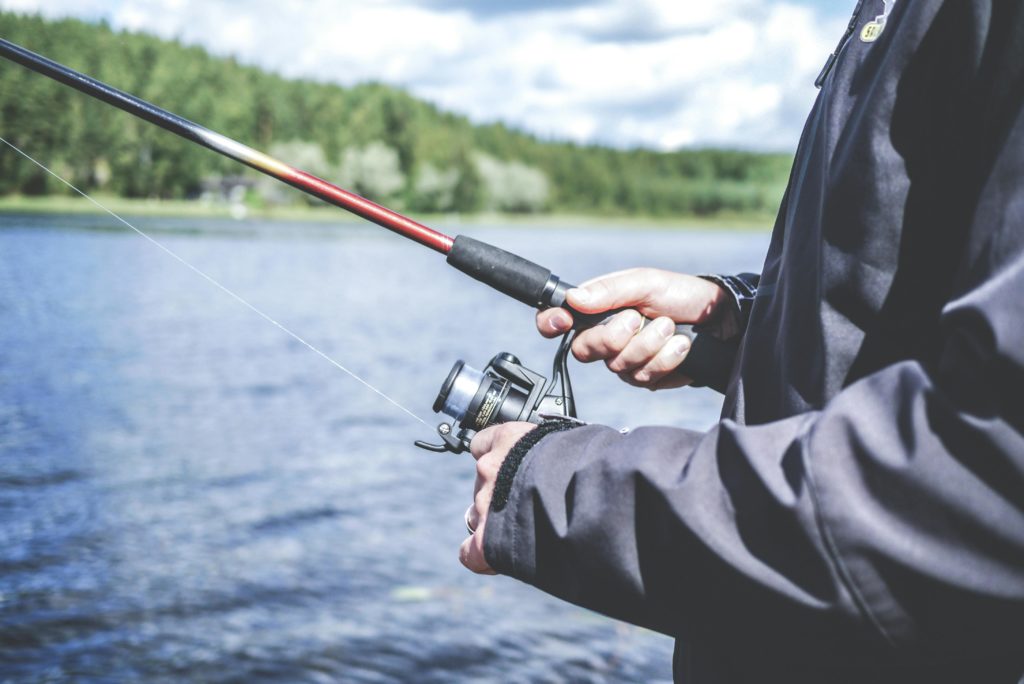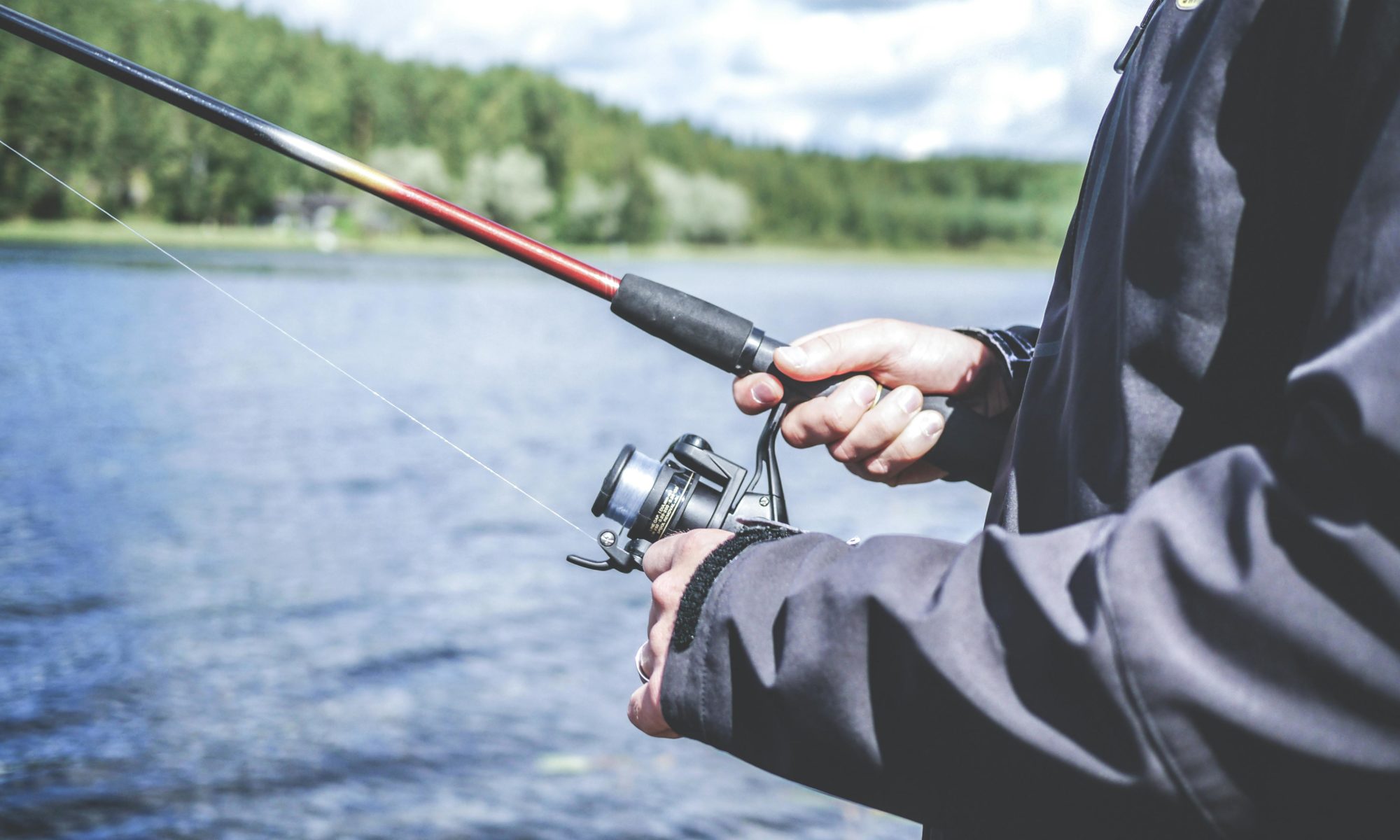
Fly fishing is a sport that has been gaining popularity in recent years, attracting people from all walks of life to the serene and tranquil waters. It’s not just about catching fish, but also about being one with nature and disconnecting from the chaos of daily life. However, before you pack your bags and head out for your first season of fly fishing, there are some fundamentals you need to know.
In this blog post, we will cover everything from the basics of fly fishing equipment and techniques to important safety measures and etiquette on the water. Without further ado, let’s get started.
Find the Right Equipment
Having the right equipment is crucial for a successful fly fishing experience. When it comes to fly fishing, there are various types of rods, reels, lines, and flies available in the market. For instance, fly fishing line comes in different weights, and the weight you choose depends on the type of fish you’re targeting. It’s best to do some research or consult an experienced fly angler to find the right equipment for your needs.
Additionally, investing in quality gear will not only enhance your performance but also make your experience more enjoyable. So, take some time to understand the different types of equipment and choose wisely.
Learn Proper Casting Techniques
Casting is an essential skill in fly fishing and can make or break your day on the water. There are various casting techniques, such as the overhead cast, roll cast, and sidearm cast. Each technique has its purpose and requires practice to master. Before you hit the water, spend some time practicing your casting on land. This will help you get comfortable with your equipment and improve your accuracy and distance.
Additionally, it’s important to learn how to cast in different weather conditions and adjust accordingly. By mastering proper casting techniques, you’ll be able to present your fly effectively and increase your chances of catching fish.
Understand the Basics of Fly Selection
Choosing the right fly is crucial in fly fishing. Flies are designed to mimic natural insects or baitfish, and different types of flies attract different fish species. To select the right fly, you need to understand the basic categories of flies – dry flies, wet flies, nymphs, and streamers. Each category has a specific purpose and imitates a particular stage of an insect’s life.
Additionally, factors like water temperature, weather conditions, and time of day also play a role in fly selection. As you gain experience, you’ll learn to read the water and make informed decisions about which fly to use.
Practice Safety Measures and Etiquette on the Water

Safety should always be a top priority when fly fishing. Before heading out, make sure to check weather conditions and water levels, and always have a first-aid kit with you. It’s also important to wear appropriate clothing and footwear for the terrain and bring necessary gear like sunscreen and insect repellent.
Moreover, practicing proper etiquette on the water is essential for a pleasant experience for all anglers. This includes respecting other anglers’ space, avoiding disturbing wildlife, and properly disposing of any waste. Following the rules and regulations of the specific water body you’re fishing in is also crucial for preserving the environment and ensuring the safety of everyone involved.
Before embarking on your first season of fly fishing, it’s important to have a good understanding of the fundamentals. This includes finding the right equipment, learning proper casting techniques, understanding fly selection, and practicing safety measures and etiquette on the water. By following these fundamentals, you’ll not only improve your chances of catching fish but also ensure a safe and enjoyable experience for yourself and others. So, take some time to prepare and educate yourself before hitting the water, and get ready for an unforgettable fly fishing adventure.

